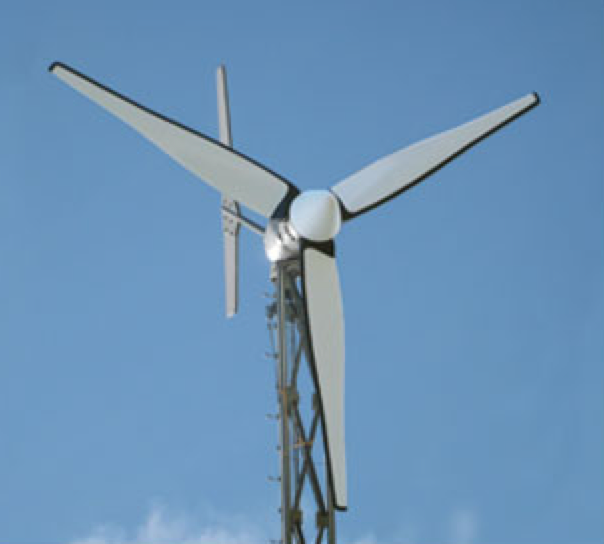ICS-CERT has published an advisory detailing a cross-site request forgery (CSRF) vulnerability found in 442SR wind turbines produced by Wilsonville, OR-based wind energy solutions provider XZERES Wind.
The XZERES 442SR small wind turbine, which according to the manufacturer has the most efficient rotor design in the small wind industry, is deployed in the energy sector across the world.

According to ICS-CERT, independent security researcher Maxim Rupp discovered that the product’s web-based interface is plagued by a CSRF vulnerability (CVE-2015-3950) that allows a remote attacker to hijack user sessions.
The turbine generator operating system accepts both POST and GET requests for data input. Because user input is not sanitized, a remote attacker can use a GET request to retrieve the user ID from the browser and change the default user ID. This allows the attacker to conduct actions in the context of the default user, which has administrator privileges on the system.
“This exploit can cause a loss of power for all attached systems,” reads ICS-CERT’s security advisory for CVE-2015-3950.
While the vulnerability cannot be exploited without user interaction, ICS-CERT has pointed out that a working exploit can be easily created by modifying publicly available code.
XZERES has released a patch to address the flaw. Organizations that need assistance in applying the patch can contact XZERES at 1-877-404-9438 (option 4).
This isn’t the first CSRF vulnerability identified by Rupp in small wind turbines from XZERES. Back in March, ICS-CERT revealed that the researcher had identified a vulnerability that can be exploited by a remote attacker to change the default user password.
The energy sector accounted for nearly one third of the cyber security incidents reported in 2014 to ICS-CERT. This sector has been targeted by advanced persistent threat groups such as Energetic Bear and Sandworm.
Authorities in the United States are aware that vulnerable ICS can pose a serious threat. In order to help ICS operators secure their systems, the National Institute of Standards and Technology (NIST) recently released an update to its guide on ICS cyber security.














